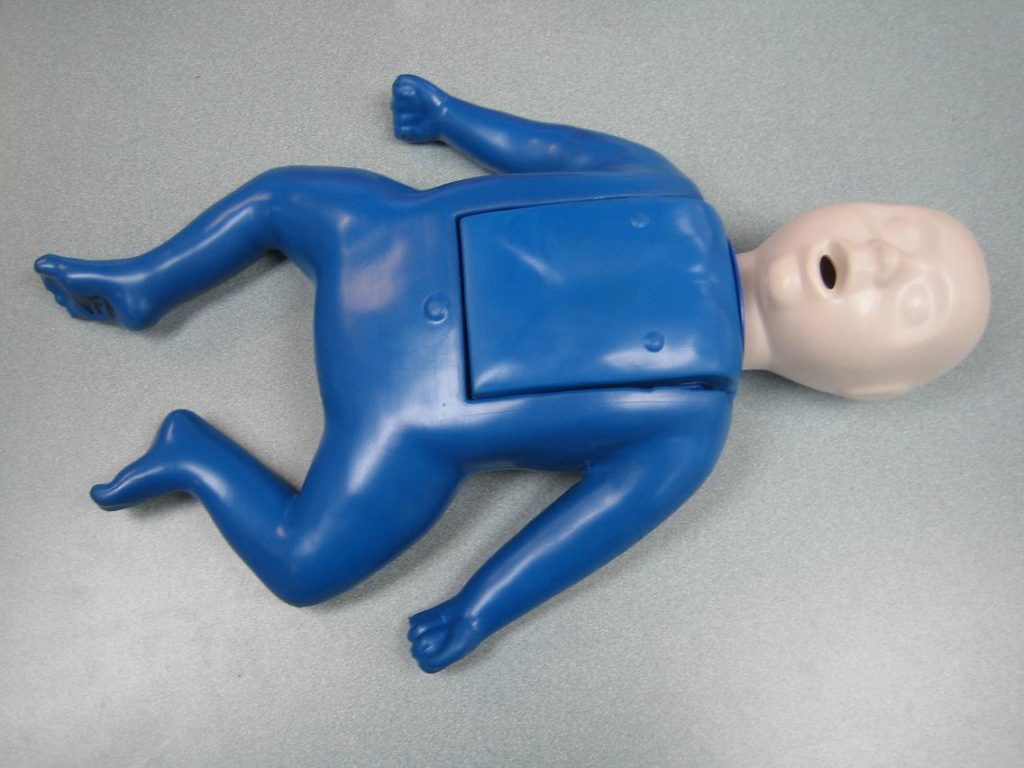Milk blisters occur when small bit of skin overgrows the opening of the milk duct and milk backs up behind it. It is characterized by a white, clear or yellow dot on the nipple that causes pain. The pain is focused on the spot and behind it. If applying compression on the breast, the milk is forced down the ducts and the blister bulges outward. It is a persistent condition and cause severe pain during breastfeeding. It usually last for days or weeks and heals when the skin peels away from the affected area.
This type of blister can sometimess be red or brown or “blood blister” due to friction from improper sucking or latching on the breast or using of badly fitting nipple shield or pump.
Causes of milk blisters
- Due to milk within a milk duct that is sealed over by the epidermis due to inflammation.
- Oversupply, pressure on the area of the breast and plugged ducts
- Problems with latching, sucking or tongue due to friction placed on the tip of the nipple.
- Thrush or yeast that looks like tiny white spots on the nipple. It causes burning pain and becomes worse after nursing or pumping.
Treatment
- Apply moist heat on the affected area to soften the blister before nursing. Take an Epsom-salt soak before breastfeeding to open the milk duct opening and for fast healing of the condition. In a bathtub filled with warm water, add 1 cup of Epsom salt. Mix until salt is totally dissolved. Soak the body in the mixture at least 4 times every day. After the soak, place a warm compress on the milk blisters immediately before nursing or pumping. Be careful not to burn the skin. Another alternative is using cotton ball soaked in olive oil and apply on the affected area to soften the skin instead.
- Rub the area with blisters using a moist wash cloth. If a block is protruding from the nipple, gently pull it out using clean fingers.
- Apply the prescribed double antibiotic ointment to prevent irritation on the affected area.
- If the opening is blocked by overgrown skin, gently remove the skin.
- Take the prescribed antibiotics to lessen pain and inflammation and is also safe for the baby.
Tips
- Continue with the every day Epsom salt soak and brisk rubbing of the breast using a washcloth for a few more weeks after the condition is healed to prevent recurrence.
- Apply an ice pack or use pain medications such as ibuprofen to lessen discomfort.
- Wear breast shells to relieve pressure from clothing, lessen pain and for fast healing of the condition.
Disclaimer / More Information
The material posted on this page on milk blisters is for learning purposes only. Learn to recognize and manage wounds including milk blisters by taking a first aid and CPR class with one of our training providers.
FACT CHECK
https://www.healthline.com/health/parenting/milk-blister
https://www.medicalnewstoday.com/articles/321714.php
https://www.todaysparent.com/baby/breastfeeding/how-to-treat-and-prevent-milk-blisters/
